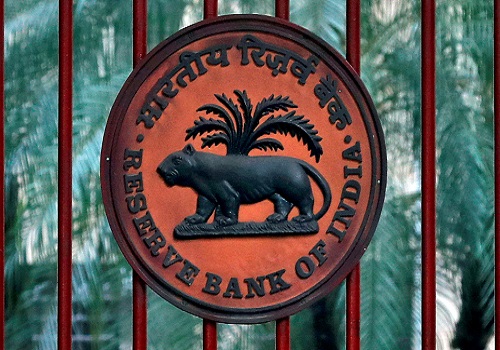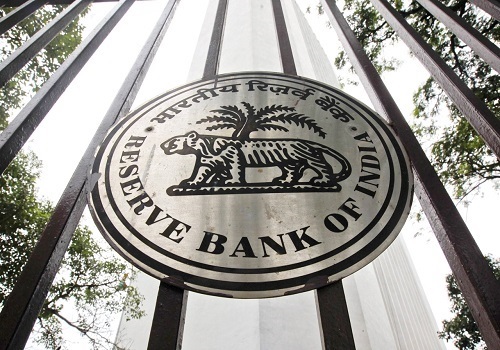India's 364-day t-bill sells at yield above 10-year bond, inverts curve (March 8)

Follow us Now on Telegram ! Get daily 10 - 12 important updates on Business, Finance and Investment. Join our Telegram Channel
India's 364-day treasury bill cutoff yield rose above that of the benchmark 10-year bond on Wednesday, on weaker-than-expected demand, briefly inverting the yield curve between the securities.
The Reserve Bank of India sold 364-day notes at a 7.48% yield, the highest since October 2018, while the 10-year benchmark 7.26% 2032 bond yield saw a high of 7.4728%, and ended at 7.4547%.
"There is limited appetite for the shorter end, which is resulting in consistent rise in T-Bill yields," said Naveen Singh, head of trading at ICICI Securities Primary Dealership.
On Feb. 28, Reuters reported that India's bond yield curve is likely to invert on the back of worsening liquidity deficit in India's banking system and bets of continued rate hikes.
The 364-day T-Bill yield has jumped 58 basis points in the last six weeks amid uncertainty over interest rate hikes, while banking system liquidity moved into deficit which is expected to widen in the coming weeks.
The benchmark 2032 bond yield has risen only 12 bps during the same period, leading to spread compression and ultimately inversion.
India's banking system liquidity deficit widened to over 700 billion rupees ($8.53 billion) in February, with the daily average liquidity also slipping into deficit on a monthly basis for the first time since May 2019.
"Core liquidity is declining, and surplus is falling very sharply, and the process will continue over the next couple of months," said Pankaj Pathak, fixed income fund manager at Quantum Asset Management.
"By April, we may see even core liquidity slipping into deficit and this is a big cause for short-term rates to jump."
Market participants said the lack of bond supply by the central government in March has been a major reason for the yields at the longer end to remain capped.
"The year-end buying from insurance companies and pension and provident funds may underpin the bonds at higher levels, and the level of 7.48%-7.50% should see some buying interest," said VRC Reddy, treasury head of Karur Vysya Bank.
($1 = 82.0680 Indian rupees)










Tag News

Monthly Debt Market Update, September 2023: CareEdge Ratings













